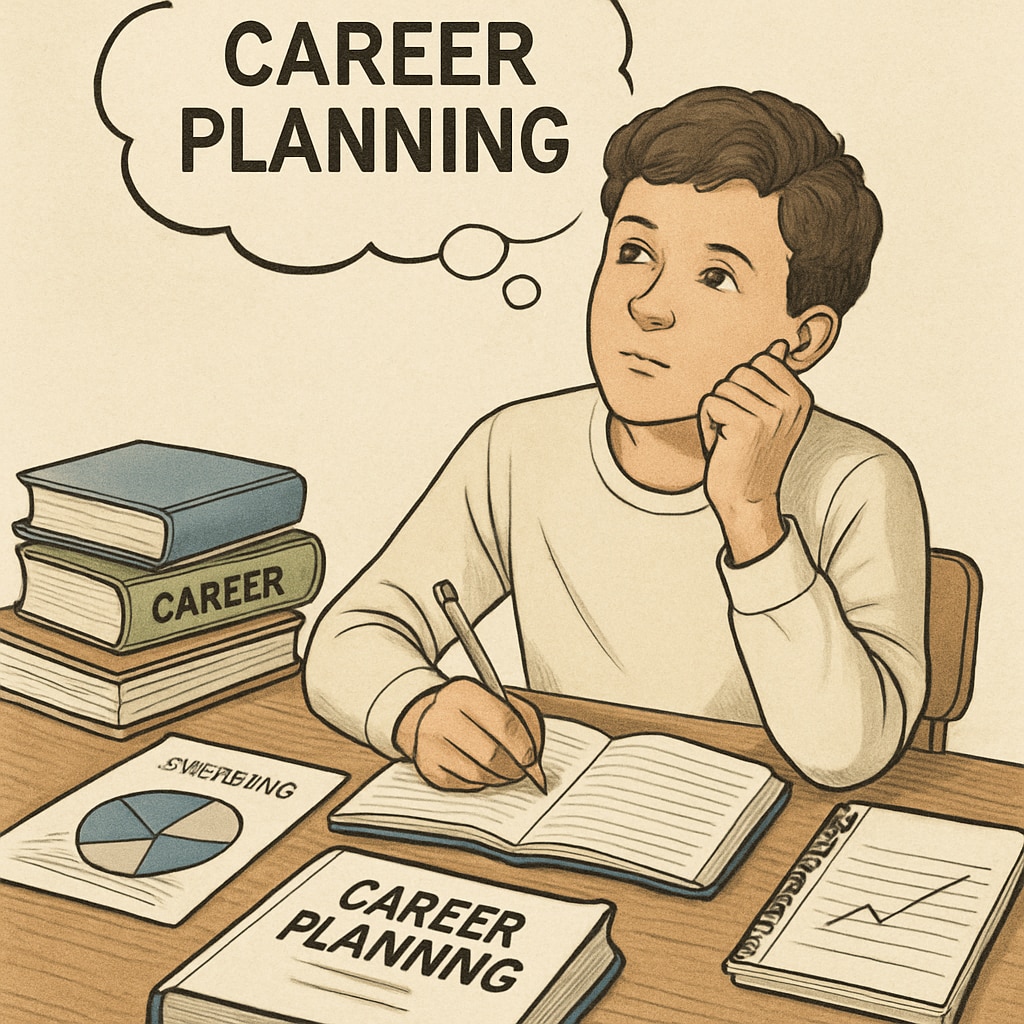Interruptions in academic pursuits can leave students grappling with uncertainty about their future. Whether it’s due to financial issues, personal circumstances, or a lack of interest in their chosen field, academic breaks often necessitate re-evaluating professional choices and career direction. This article discusses the importance of academic planning, professional decisions, and systematic career education to help students overcome these challenges and make informed decisions.
Understanding the Impact of Academic Interruptions
Academic interruptions can be disruptive, but they also offer opportunities for self-reflection and recalibration. For many students, these breaks highlight a need for deeper introspection into their interests, strengths, and long-term goals. However, without proper guidance, this period of reflection can lead to confusion and poor career decisions. Systematic career education programs during K12 stages can play a pivotal role in mitigating these issues, offering students a structured approach to defining their aspirations.

Balancing Passion with Practicality in Career Planning
One of the greatest challenges after an academic disruption is striking a balance between personal interests and practical considerations, such as job market trends and financial stability. Students often find themselves torn between pursuing a passion and choosing a field that offers better employment prospects. To resolve this dilemma, it is crucial to approach career planning with a dual focus: aligning personal strengths with market needs.
For example:
- Assessing individual skills and interests through career counseling tools.
- Exploring job market data to understand industry demands.
- Finding intersections between personal passions and viable career options.

Importance of Systematic Career Education
Systematic career education should begin early, ideally during K12 education, to equip students with the tools they need to navigate challenges like academic interruptions. Such programs can include:
- Workshops on self-assessment and interest exploration.
- Guidance on professional skills development.
- Mentorship programs to provide real-world insights into various careers.
By introducing students to career planning concepts early, these initiatives help them build a strong foundation for making informed decisions, regardless of whether they face academic disruptions.
For more information on career education programs, consider exploring resources like Career Guidance on Wikipedia or Education Overview on Britannica.
Steps to Move Forward After Academic Interruptions
Recovering from an academic break requires a strategic approach. Here are steps students can take to regain momentum:
- Reflect on the reasons behind the academic disruption and establish clear goals.
- Seek professional career counseling to evaluate options in light of personal interests and market trends.
- Consider alternative education pathways, such as vocational programs or certifications, that align with career aspirations.
- Develop a flexible yet actionable plan to re-enter education or move directly into the workforce.
By following these steps, students can transform what initially seems like a setback into an opportunity for growth and redirection.
Conclusion: Turning Challenges into Opportunities
While academic interruptions can be daunting, they also provide a chance to reassess and redefine career goals. With proper academic planning, informed professional choices, and systematic career education, students can overcome these disruptions and find fulfilling career paths. By fostering a balance between personal interests and practical realities, they can navigate the maze of career planning with confidence and clarity.
As a result, students can turn moments of uncertainty into stepping stones toward a brighter future.
Readability guidance: The article uses short paragraphs, lists, and a balanced mix of transitions to ensure clarity and engagement. Passive voice is minimized, and technical terms are explained when introduced.


